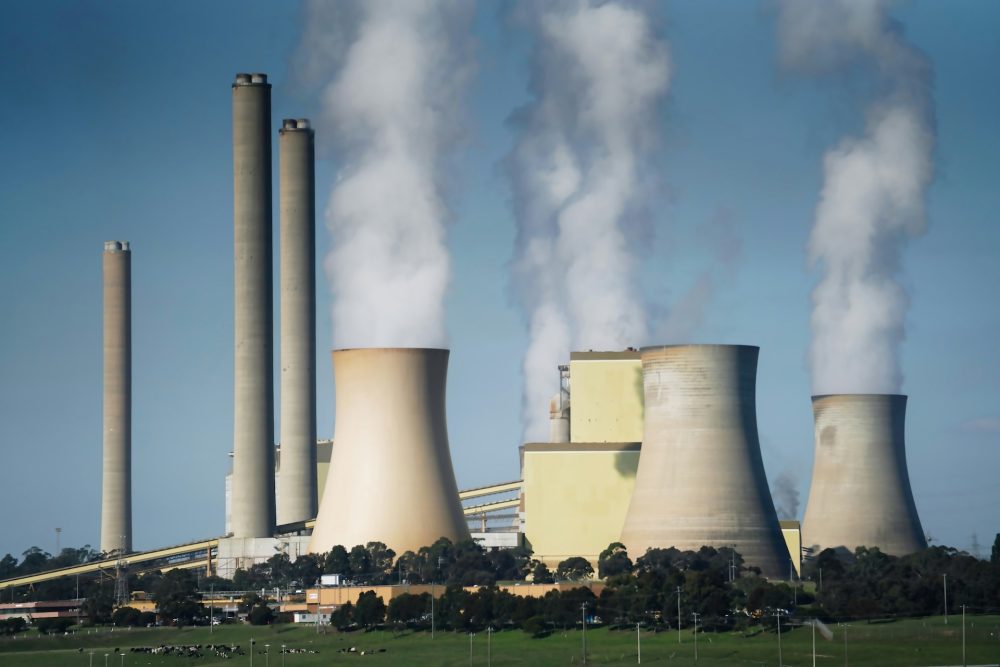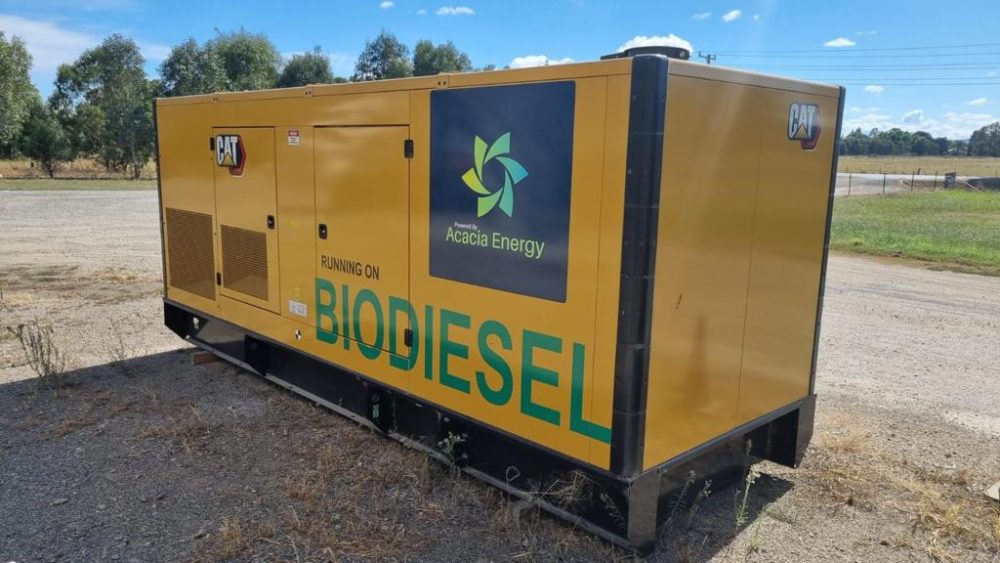Australia is undergoing a significant transformation in its energy landscape. With over 9.7 million homes and businesses connected to the National Electricity Market (NEM) across the ACT, NSW, QLD, SA, Tasmania, and Victoria, and additional grid-connected customers in WA and the NT, the nation relies on a steady supply of electricity to keep homes and businesses functioning.
As the country shifts towards renewable energy, businesses must assess their readiness to navigate the challenges and opportunities the energy transition presents.
Contents
Understanding the energy transition
Regardless of individual perspectives on climate science, Australia’s move towards renewable energy is driven by national and state-level policies. The Australian Energy Council (AEC) supports reaching net-zero emissions by 2050 and a 55% emissions reduction target by 2035. This transition involves phasing out coal-fired power stations and addressing potential gas shortages.
Several coal-fired power stations are scheduled for closure in the coming years:
- Eraring Power Station (NSW): 2027
- Collie Power Station (WA): 2027
- Yallourn Power Station (VIC): 2028
- Callide B Power Station (QLD): 2028
- Muja Power Station (WA): 2029
Energy currently provided by these power stations will need to be replaced by renewable options to avoid disruption to supply. During this transition, businesses can expect heightened energy volatility and unpredictable energy pricing.

Anticipating challenges in the transition
The shift to renewable energy is not without hurdles. Debates persist regarding the optimal energy mix, suitable locations for new generation facilities, and the infrastructure required to connect these to demand centres. Resource constraints and cost pressures further complicate the transition.
Electricity costs are projected to rise sharply from 2024 and remain elevated for several years. The wholesale electricity market is expected to experience volatility, with factors like wind droughts becoming significant drivers. Studies indicate that compound solar and wind droughts occur most frequently in winter, affecting multiple energy-producing regions simultaneously.
The national capacity to build large-scale solar, wind, and transmission projects is also a key constraint. Delays in projects like Victoria’s VNI West and Western Renewables Link highlight the challenges in meeting ambitious renewable energy targets.
Urban Renewable Generation is one proposed solution to help ease the transition to renewables as it generates and stores energy within the urban centres where it’s most needed. However, updates to energy policy and coordination are needed to drive this on a large scale. In the interim, businesses will benefit from planning ahead to protect themselves from a volatile transition period.
Addressing grid independence and unreliable energy supply
Supply interruptions and variability in power quality are anticipated features of the renewable energy transition. Unreliable power supply poses significant risks to businesses, including lost production, failure to meet supply quotas, and increased operational costs.
Fast-responding, automated local solutions are essential to minimise disruptions during power quality events and ensure a smooth transition back to normal supply. These solutions are particularly crucial for businesses susceptible to power quality issues.
Key solutions for businesses
To navigate the energy transition effectively, businesses should consider the following strategies:
- Generating power locally using solar and renewables: Implementing on-site renewable energy systems can reduce reliance on the grid and lower energy costs.
- Battery technology: With decreasing prices making BESS more accessible, batteries can store excess energy during peak production periods and supply it during high-demand times.
- Backup generation: Utilising bio-fuel generators can mitigate the risk of power outages and potentially generate passive revenue when idle.
- Participation in wholesale markets: Engaging in energy markets can offer opportunities to reduce energy bills through passive revenue generation.

Preparing your business for the transition
Assessing and optimising your energy consumption before you start experiencing issues is crucial. Consider the following steps:
- Conduct an energy audit: Even if your business already uses solar energy, an audit can identify further optimisation opportunities.
- Invest in battery storage: Enhancing grid independence through battery storage can provide greater energy security.
- Explore backup generation options: Bio-fuel generators can offer reliable backup power and potential revenue streams.
- Utilise all available space: Excess roof space or land can host renewable energy assets, contributing to passive income.
- Research rebates and incentives: Government programs may offer financial incentives to offset the costs of renewable energy investments. Consider how LGCs, STCs and VEECs might help to reduce the upfront cost of install.
Ready to take your energy future into your own hands?
Acacia Energy works with Australian businesses to reduce their reliance on expensive grid energy and safeguard their energy supply. Starting with an energy audit, we model different solutions that help you generate and store your own energy, generate passive revenue through wholesale markets, and maximise the value of your assets. Get started with your energy audit today.
